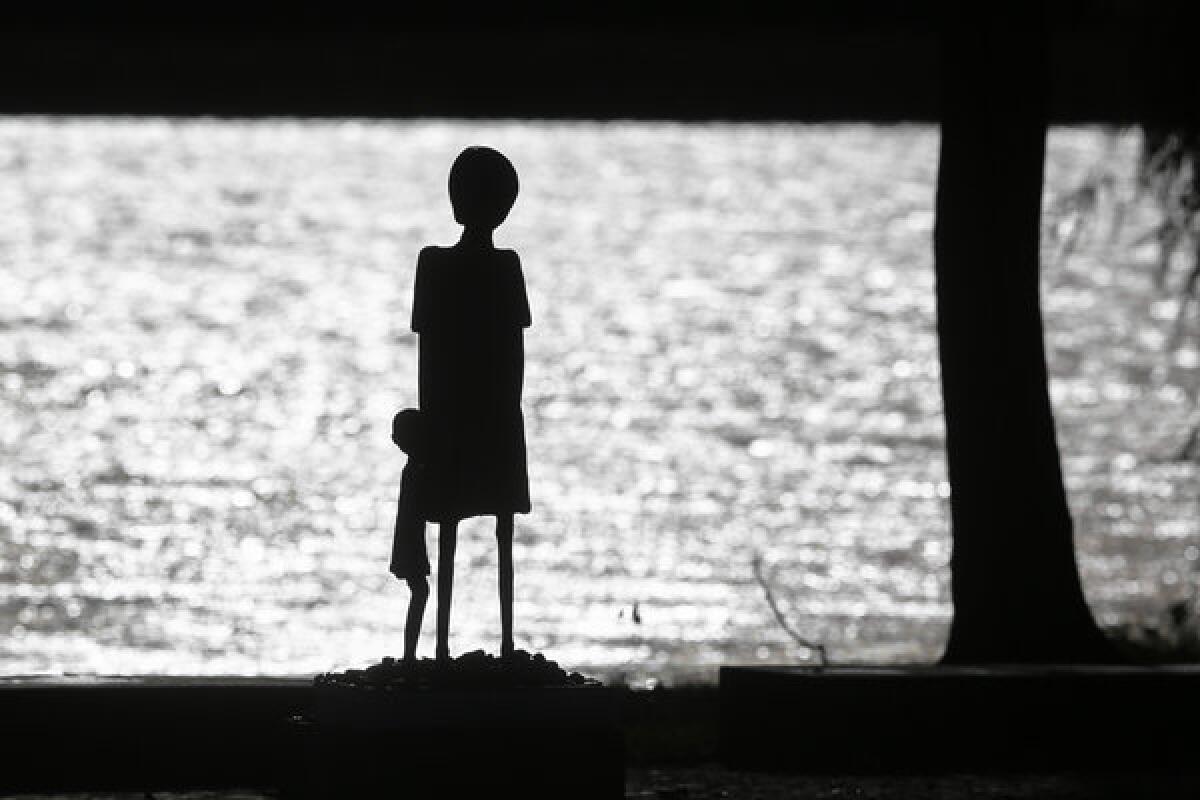The shadow of Kristallnacht

This year, the German Film Awards were dominated by “Oh Boy.” In the movie, an elderly stranger confesses to a young Berliner he meets in a bar that, as a boy, he watched his father join a mob to smash the windows of Jewish-owned businesses, including that very bar.
The mysterious old man was recalling Kristallnacht, a Nazi-instigated overnight rampage in which some 1,000 synagogues and 7,000 Jewish-owned businesses were destroyed in Germany, Austria and Czechoslovakia. At least 91 Jews were killed. Instead of arresting the perpetrators of this mass violence, the Nazis rounded up 30,000 Jews and sent them to concentration camps. The night of Nov. 9, 1938, marked the Nazis’ transition from discrimination to genocide.
The German film reflects a reality we need to face: that, on this 75th anniversary of Kristallnacht, nearly every living witness to the “night of broken glass” viewed the horrible event through the eyes of a child. And before long, these witnesses will also be gone. We will still have museums, memorials and books to teach the world about Kristallnacht, but how do we apply its lessons?
We should remember Kristallnacht by fighting hatred, racism, xenophobia, anti-Semitism, homophobia, Islamophobia, Romaphobia and all other bigotry. We should protect the state of Israel so that Jews, unlike in 1938, have a homeland. And we should defend the right of persecuted people to seek and be granted asylum. There was no such right in November 1938. Victims of Nazi persecution were trapped. Even if they managed to flee the Nazis, the countries to which they fled could send them right back.
In one Nazi-era case, Weinberg vs. Schlotfeldt, District Director of Immigration and Naturalization, an American judge granted asylum, though he lacked the legal authority to do so. The plaintiff was Sol Weinberg, a Jew from Czechoslovakia who jumped ship in New York in 1927, remained in the United States illegally until 1931 and then returned to Europe to visit his dying mother. After Weinberg used false papers to reenter the U.S. in 1932, he came to the attention of federal immigration authorities in Chicago, where he was placed in detention on Oct. 21, 1938, awaiting deportation. Just days after Kristallnacht, Judge Philip Sullivan of the U.S. 5th Circuit Court of Appeals issued a ruling allowing Weinberg to remain in the United States.
“Under conditions as they now exist,” Sullivan wrote, “it would be cruel and inhuman punishment to deport this petitioner to Czechoslovakia, belonging as he does to the race which is thus being persecuted and exiled.... I do not believe that the immigration laws contemplate any such strict compliance with the letter thereof, as would oblige the court to return at this time a [J]ew to a country where his property would be confiscated [and] where his life might be in jeopardy.”
Sullivan probably saved Weinberg’s life. The ruling, however, was based not on what the law actually said but rather on what it should have said. The judge cited no legal precedent, as there was none to support it. Nor did the ruling set a precedent. Jews fleeing Nazi persecution continued to be turned away. There was simply no right for European Jews to seek and enjoy asylum in the United States or elsewhere in the world.
The archives of HIAS, a refugee protection organization established in 1881, contain thousands of files from families that were not as lucky as Sol Weinberg. Files like that of Anne Frank’s family recount exhaustive attempts to reunite with family in the United States. Due to quotas, the Franks could not obtain visas to join Anne’s uncles in Boston. They concluded that fleeing without a visa would be even more dangerous than staying in Amsterdam. Everyone knows how the Franks’ story ended.
International and U.S. law now protects refugees from being returned to danger. The Universal Declaration of Human Rights, as well as the 1951 Refugee Convention, were born of the shattered glass on the sidewalks of Europe.
Today, however, even the most democratic countries pay lip service to refugee protection while subtly undermining it. Many mislabel asylum seekers fleeing persecution as “illegal economic migrants” or “infiltrators.” In our own country, asylum seekers are routinely jailed in remote locations, without access to legal assistance to defend themselves from deportation. Around the world, authorities are increasingly turning away asylum seekers at sea, before they reach land.
Merely remembering the horrors of Kristallnacht is not enough. We must help ensure it never happens again by protecting the right of persecuted people to seek and enjoy asylum.
Mark Hetfield is president and CEO of HIAS, the international Jewish nonprofit that protects refugees.
More to Read
A cure for the common opinion
Get thought-provoking perspectives with our weekly newsletter.
You may occasionally receive promotional content from the Los Angeles Times.










